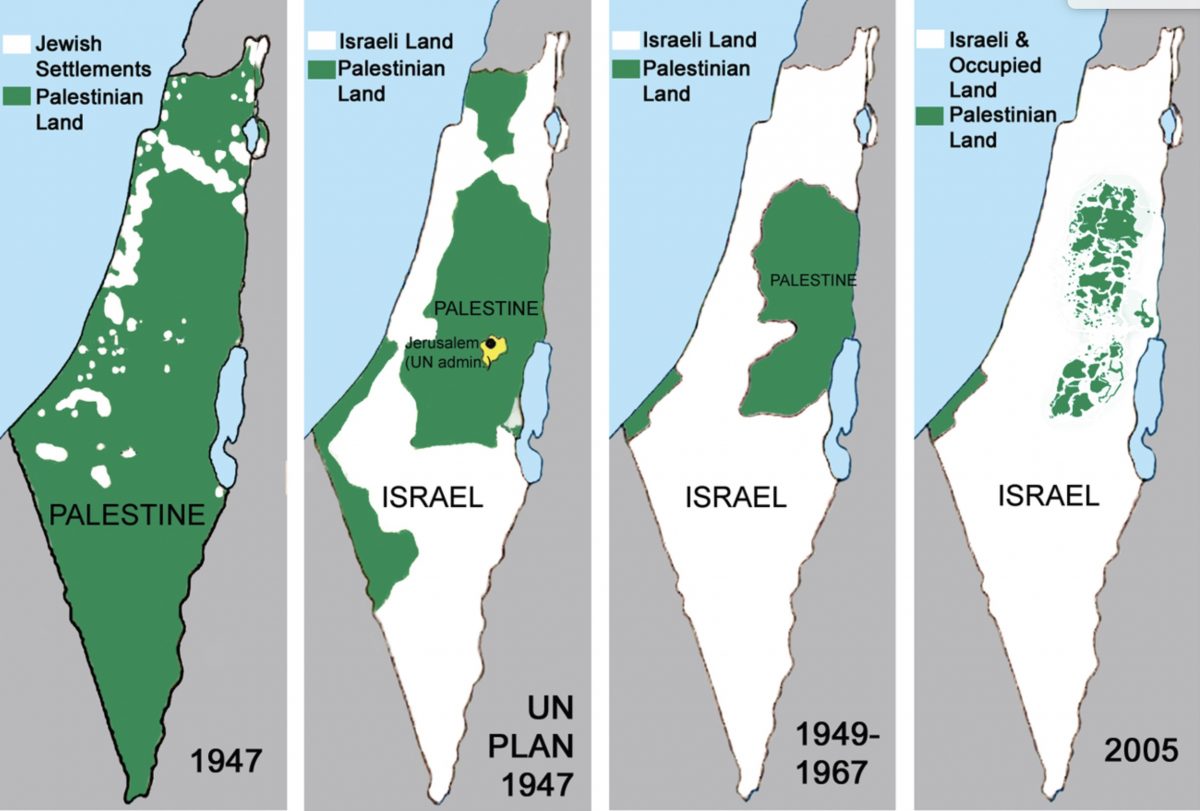Sec. of State Antony Blinken traveled to Israel over the weekend to urge Israeli PM Binyamin Netanyahu to allow “humanitarian pauses” in the bombing and ground campaign against Gaza that has now killed > 10,000 people there Netanyahu publicly rebuffed that appeal. Today’s newspapers contain some somewhat anguished accounts about the White House’s “frustration” over Netanyahu’s rebuff.
For example, in the Washington Post, Yasmeen Abutaleb wrote,
U.S. officials had hoped there could eventually be regular bombing pauses so that humanitarian and aid workers could safely operate in Gaza, according to a U.S. official familiar with the discussions. But securing such an arrangement seemed further out of reach after Blinken’s visit…
Pres. Biden might want to take a lesson from his predecessor of 41 years ago, Ronald Reagan?
In June 1982, a previous Israeli PM from the Likud Party, Menachem Begin, sent his military deep into Lebanon and up to Beirut in an attempt to “eliminate” the PLO militias who had operated there for 12 years. By early August the Israelis were encircling the PLO’s last strongholds in West Beirut and bombing the heck out of that portion of the city, which included several large Palestinian refugee camps. Very disturbing images of that destruction were starting to fill the U.S. media…
Michael Deaver was Reagan’s deputy chief of staff at the time. In his 2001 memoir, A Different Drummer, he wrote about his misgivings over Israel’s attacks grew as the weeks progressed:
Continue reading “Yes, Joe Biden, you can stop Israel’s genocide on Gaza!”
